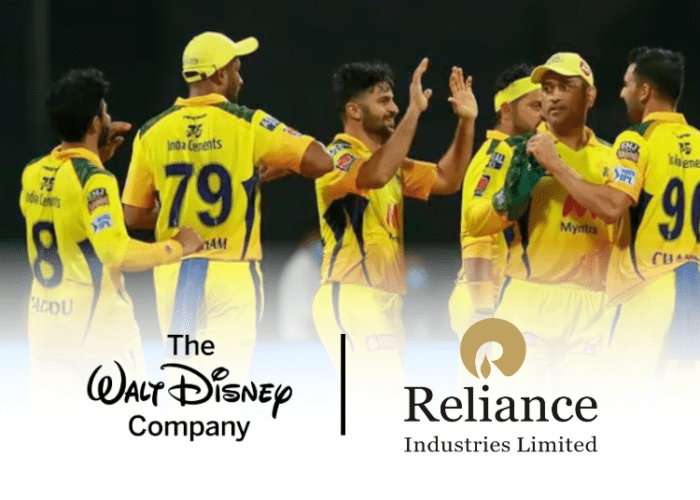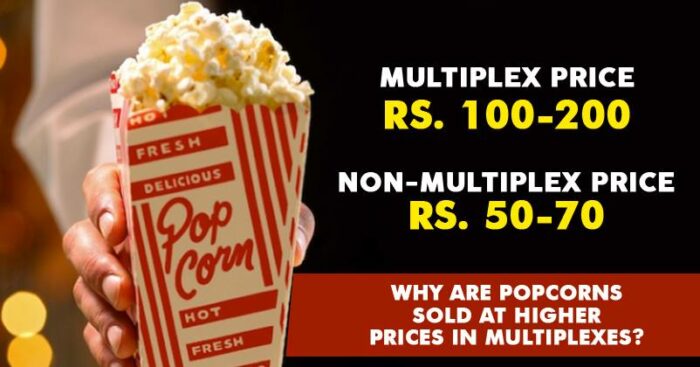Have you recently read about how the consumers are waiting for the SC verdict regarding the exorbitant prices charged by multiplexes? Have you ever thought about the real reason behind such high prices?
No, the reason isn’t the fact that it allows these multiplexes to earn huge profits. On the contrary, it’s a means to hardly meet their overall costs.
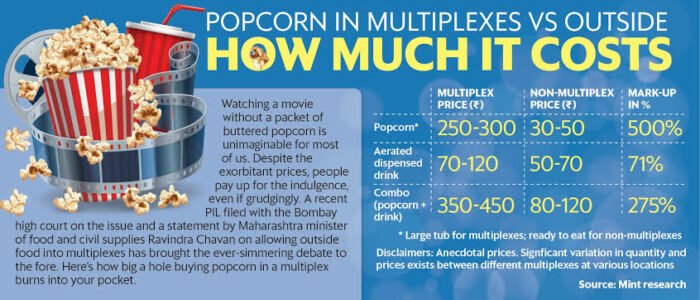
Return on equity?
To understand this, we need to look at the RoE (return on equity) aspect i.e. the returns capital providers are getting on their investment. To compare, PVR and Inox Leisure Ltd have a RoE of 11 and 8 percent approximately. While on the other hand, National Thermal Power Corporation and Power Grid make around 15.5 percent.
Then, why do these multiplexes don’t achieve that value even after receiving complains of high popcorn prices?
The Content cost scenario
These huge multiplexes have to pay a sum to various producers or content providers for distribution of their respective movies across various branches. However, the data above does show that this cost extracts a major portion of their income from the box office and has failed to reduce. If these costs don’t go down, how will the benefits trickle down to consumers via low-cost food items?
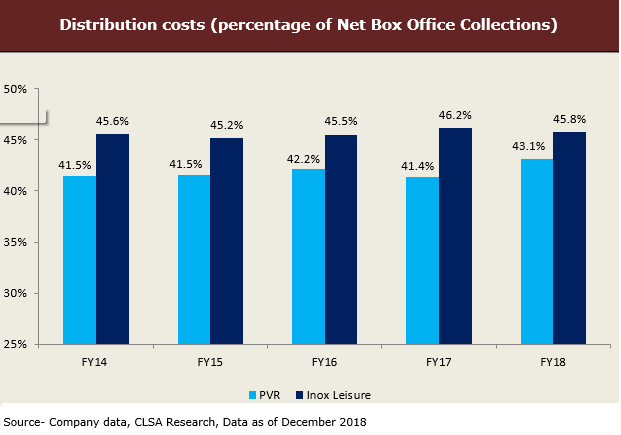
But Content costs, why are you so high?
Well, another factor to be noted is that these producers, content providers that charge high prices for distribution actually don’t make huge profits. Want to know where the money goes? Look at the data given below.
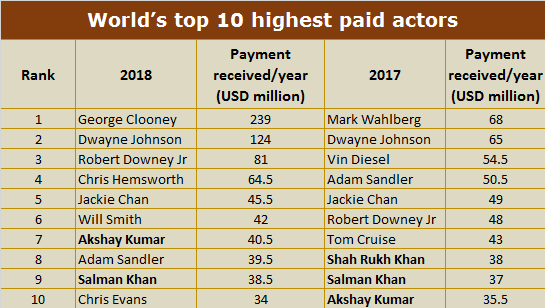
It is a little surprising that how Indian actors like Salman Khan, Akshay Kumar who has a small market reach (mostly only India) for their movies when compared to the vast global reach of other Hollywood actors, have featured in the Top 10 of the highest paid actors list.
Think about it this way, why do you think the top ranking bank in India, HDFC banks features at rank 111 in the market capitalization list? Because it caters only to the Indian market and Indian customers.
Let’s not forget about the Advertising costs. Based on some data available, it is believed that movies spend around 30% of their content costs on marketing. Which by the way, is a one-time process and consumption option. On the other hand, to understand the vast meaning of this, FMCG companies spend only a 15 percent in marketing for goods that are purchased throughout a year.

So, now is the time that instead of multiplexes, the producers needs to take a step back. Multiplexes need to be more affordable in their overall service experience and that is the only way for their market/sales to grow.



